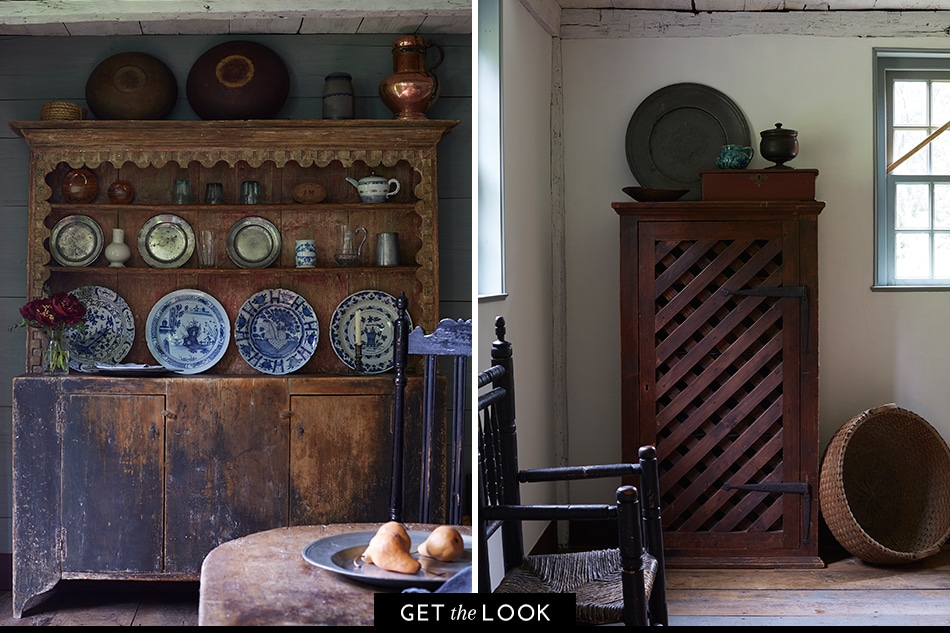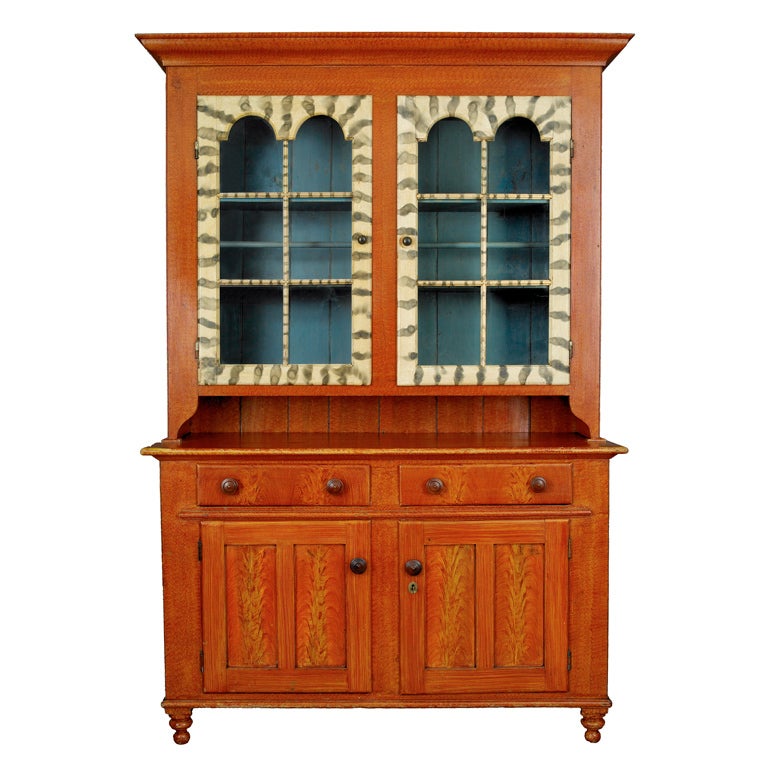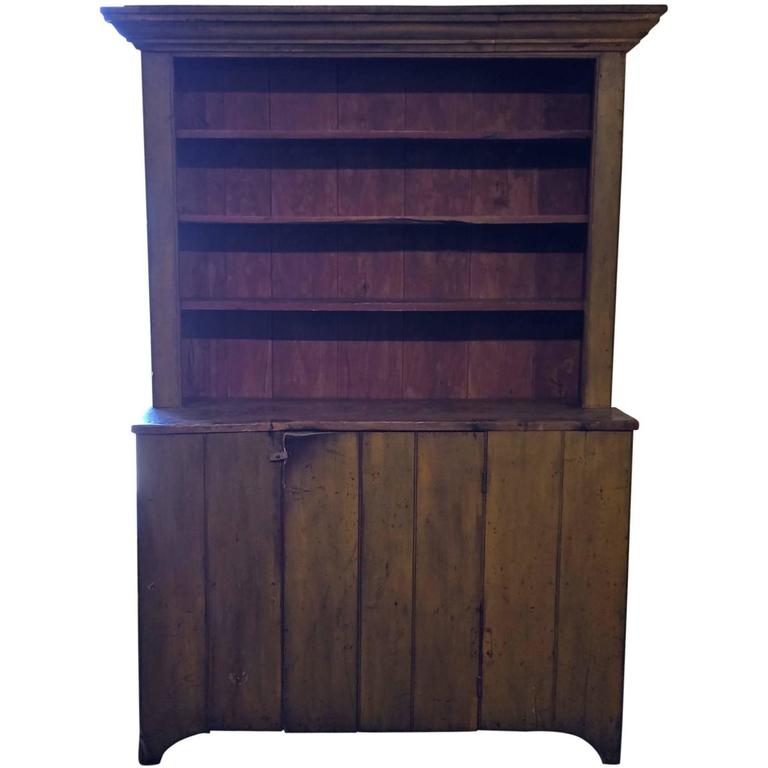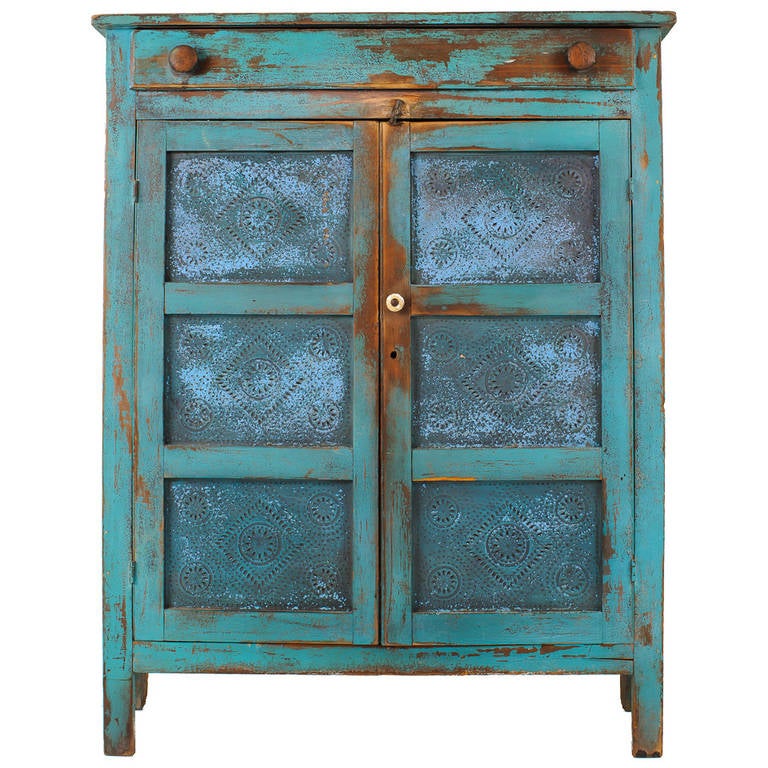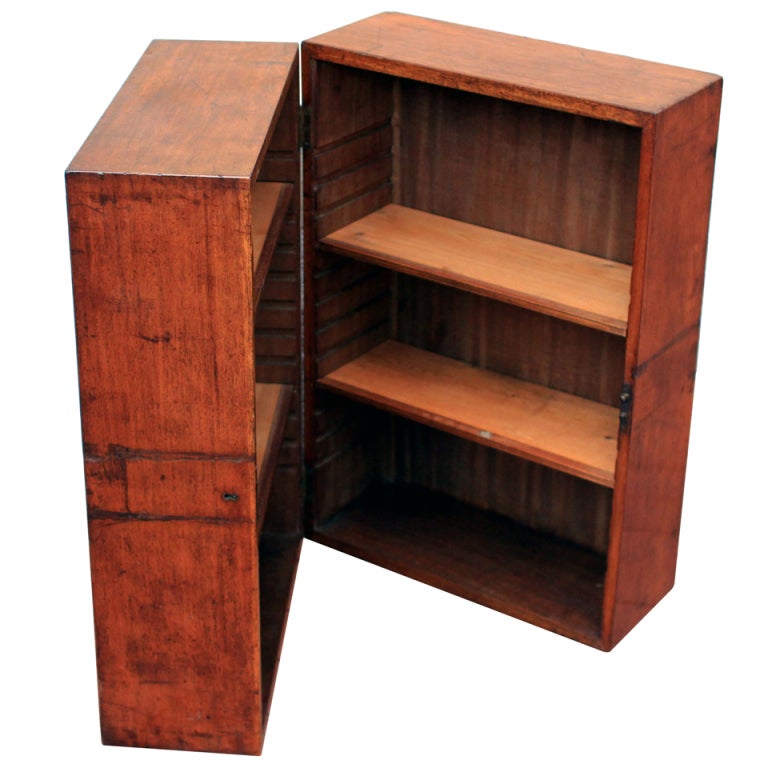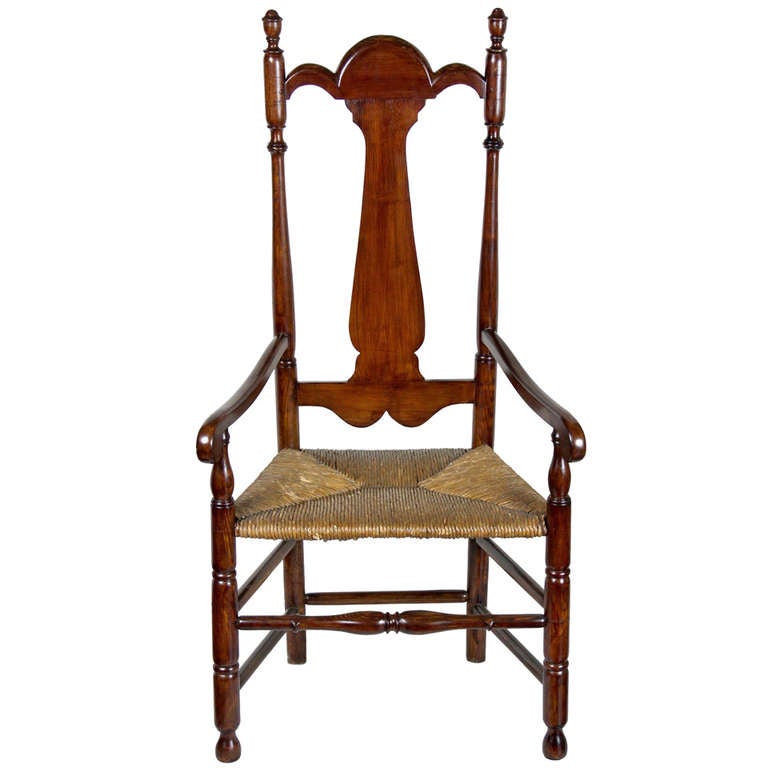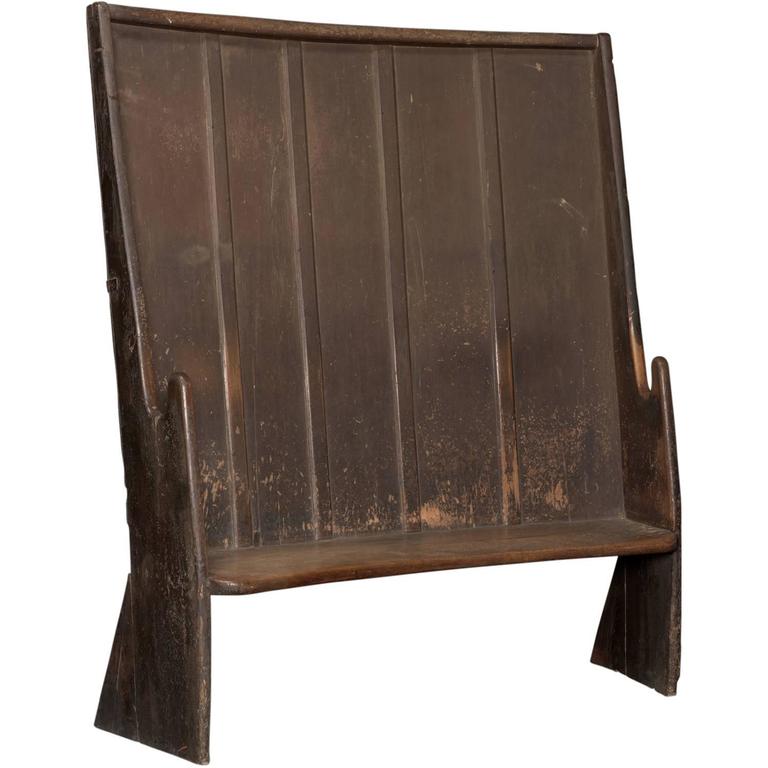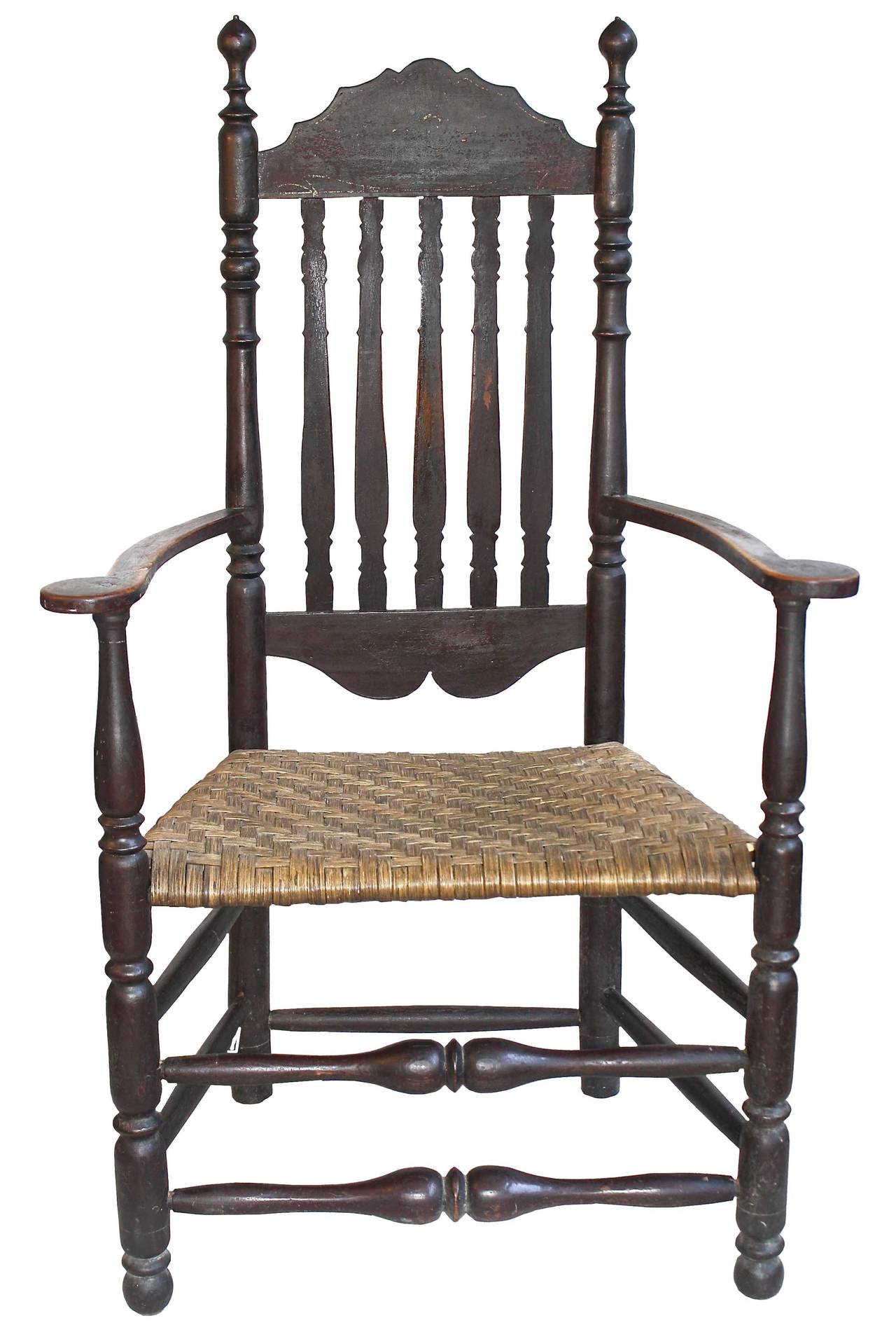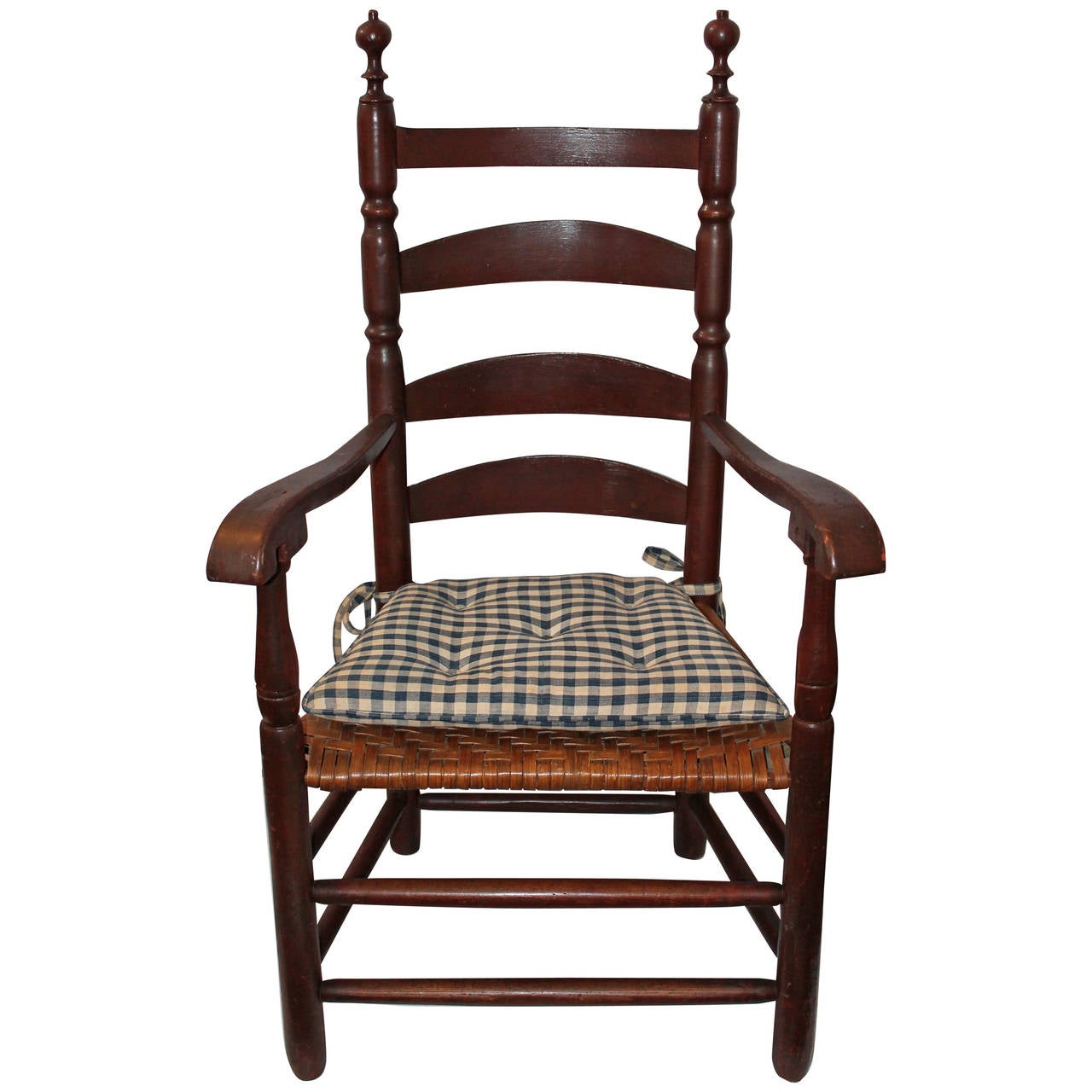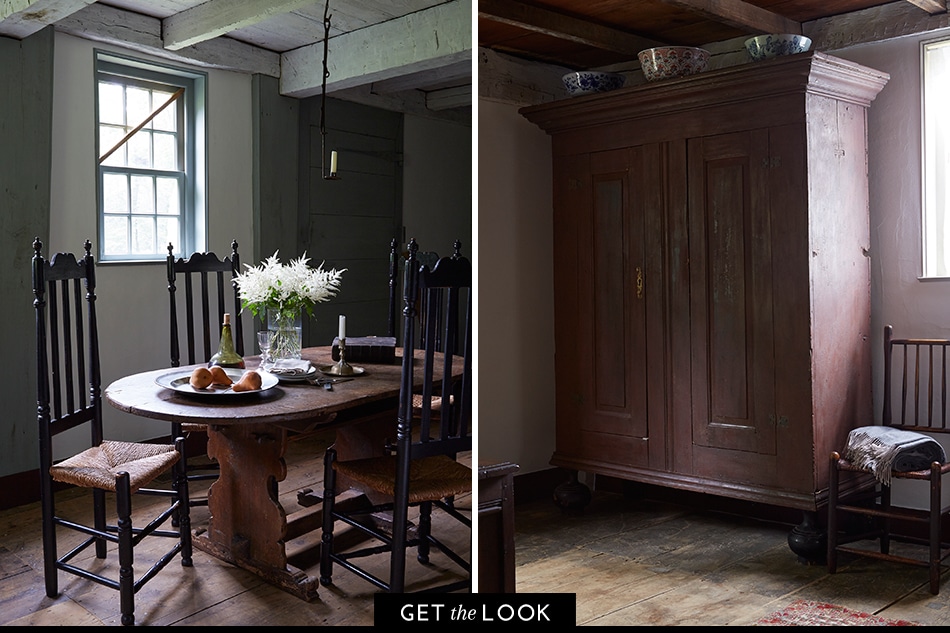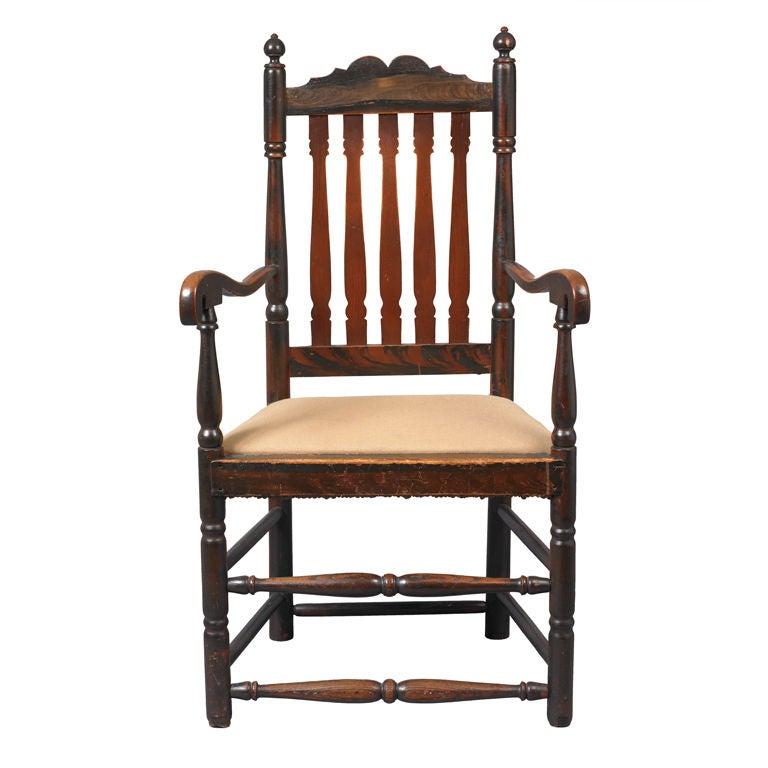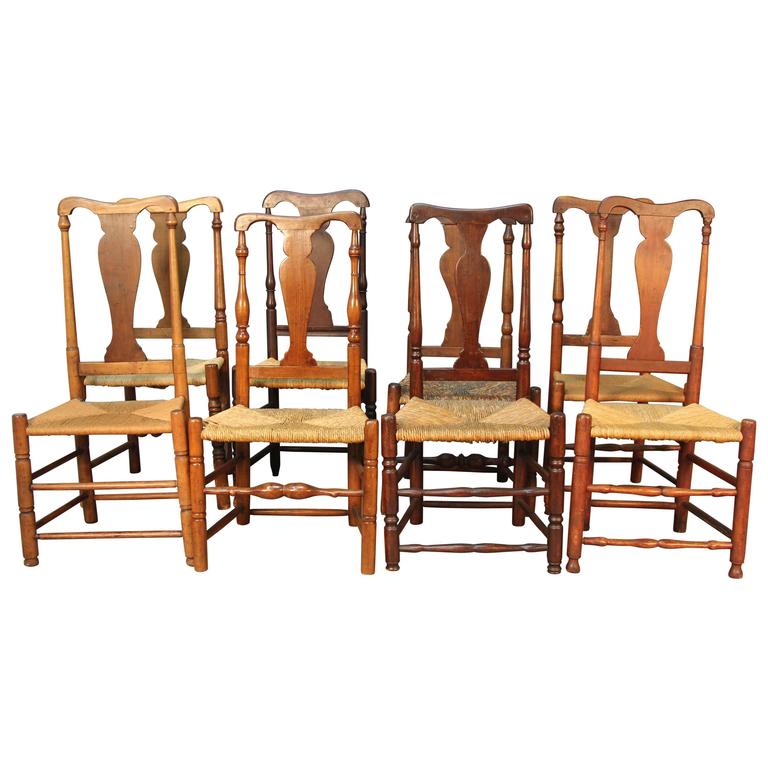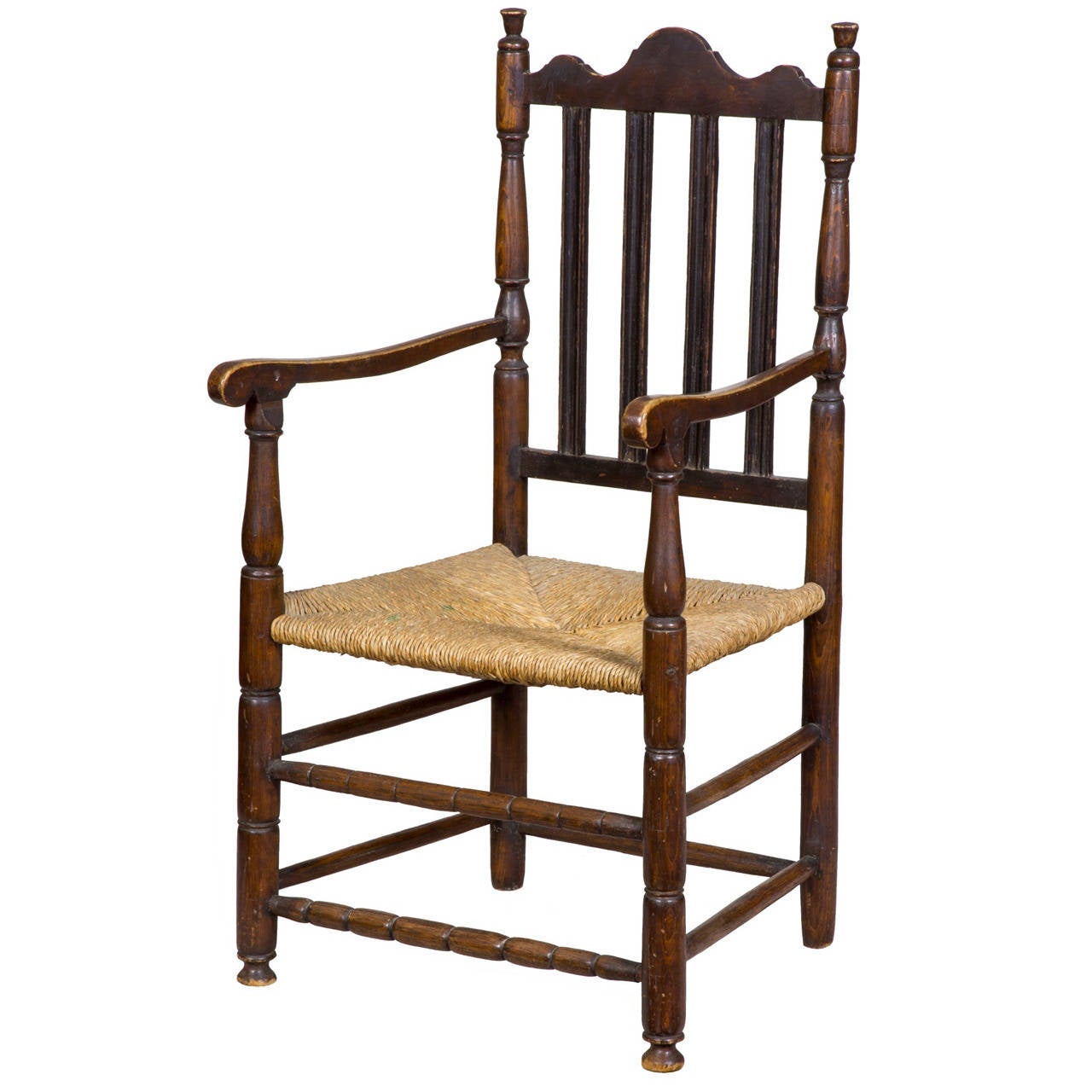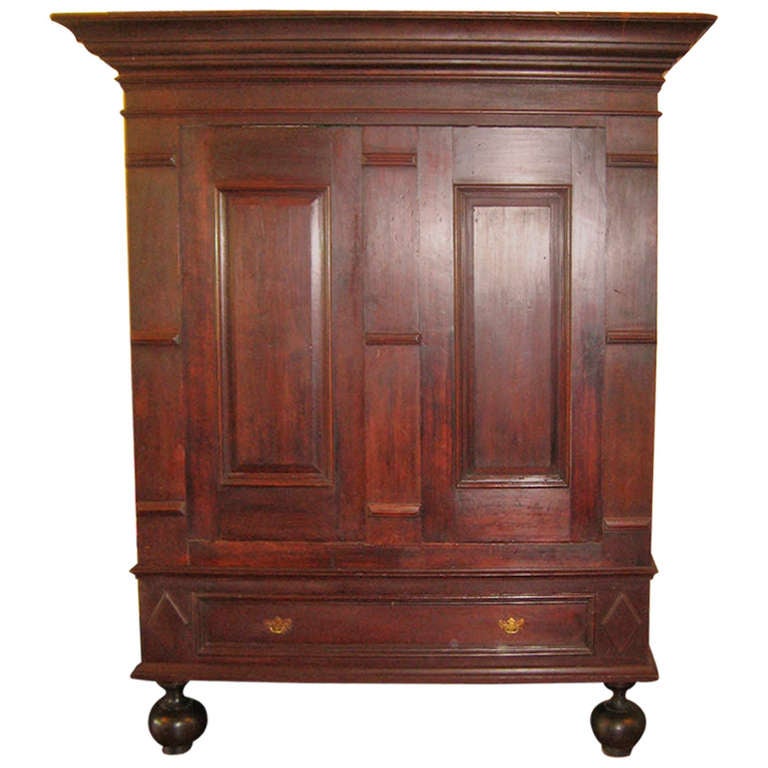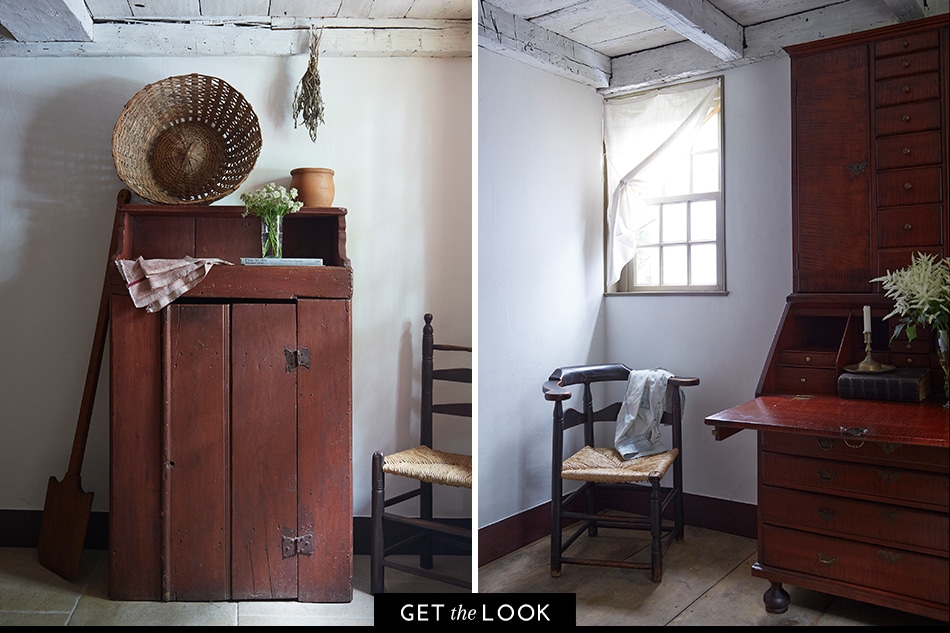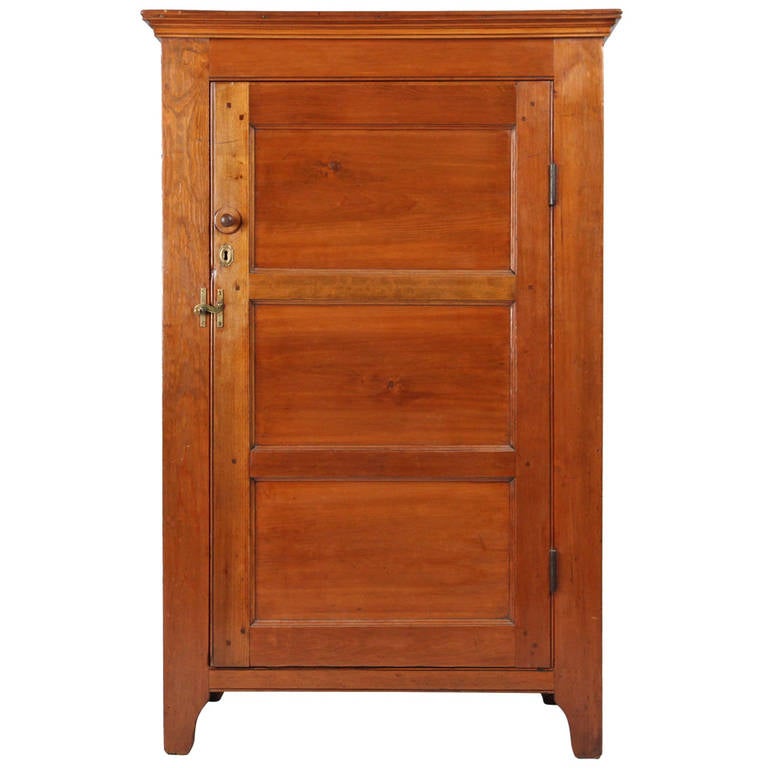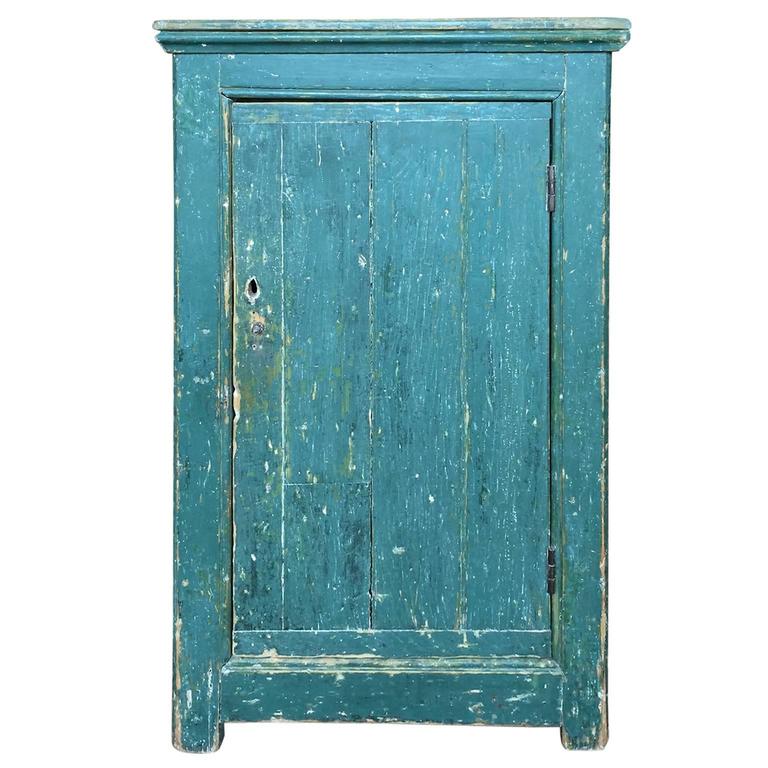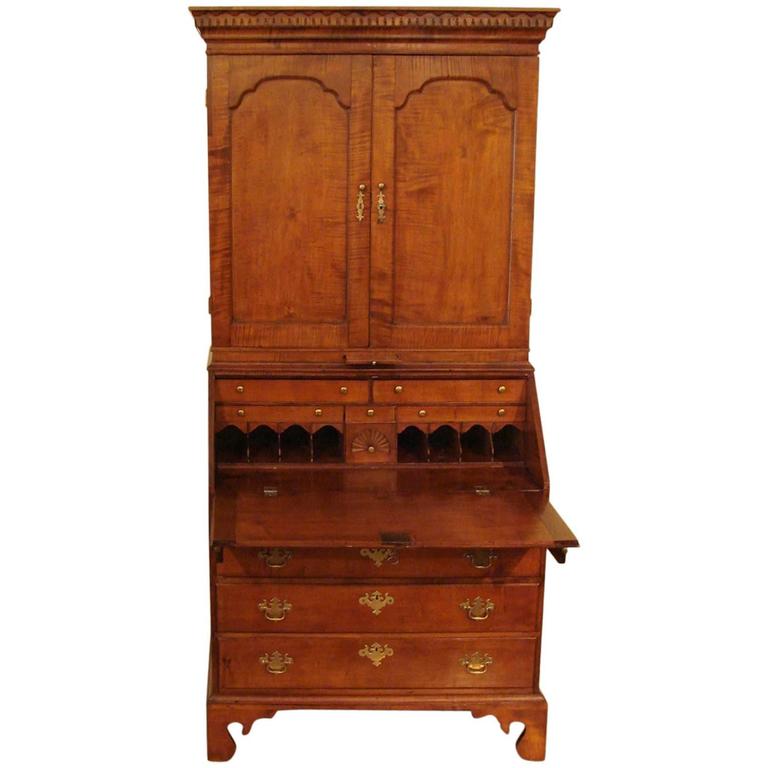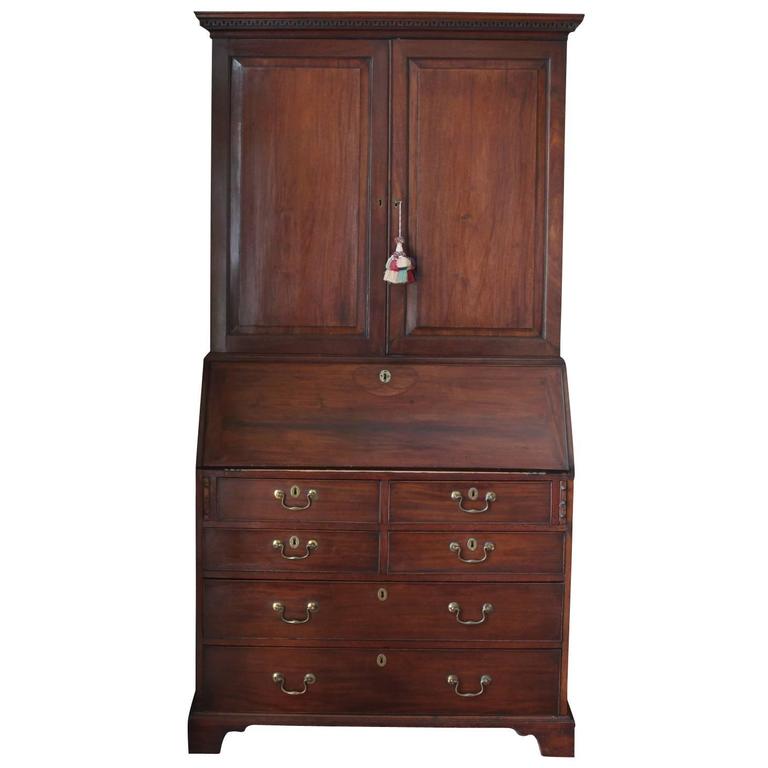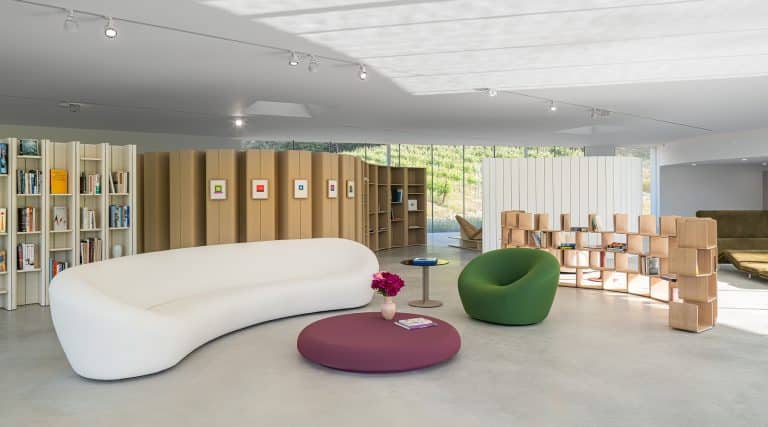
January 16, 2017Interior designer Robert Couturier (left) and his husband, Jeffrey Morgan — seen here with their dogs — have added a circa 1710 home to their estate in Connecticut’s Litchfield County, which they’ve dubbed Dover House and filled with artifacts true to its early-18th-century origins in Upstate New York. All photos by Stephen Johnson
Two decades ago, when legendary Manhattan-based interior designer Robert Couturier, a native Parisian, met his now-husband, the Connecticut-born historic preservationist Jeffrey Morgan, their tastes were poles apart. “I didn’t know much about American decorative arts,” says Couturier, famed for creating grand-scale, lavishly decorated interiors on four continents. “Jeffrey said he wanted to show me some 18th-century paneling, which to me meant something gilded and carved.” Instead, Couturier recalls, Morgan brought out “a plank of wood with bits of paint on it.”
Coming from Europe, where America’s early-furniture patrimony “is disdained as excessively simple,” as Couturier puts it, he was a bit taken aback. “It comes from a different world, different way of thinking, different everything.”
Although Couturier’s taste today still leans toward the French, formal and sumptuous while Morgan likes his antiques local, simple and austere, each man has come to appreciate the other’s aesthetic, and they’ve resolved any decorating differences by having more than one house on their 16-acre property in the scenic Litchfield County, Connecticut, town of Kent: a neoclassical-style residence, which they built in 2002, with decor masterminded by Couturier, and a pair of rustic 18th-century cottages furnished mostly by Morgan.

“It was a rescue house,” Morgan says of Dover House. He found the building in New York’s Dutchess County, where it had been gradually falling into a state of ruin. It now serves a guesthouse.
Their latest acquisition is a circa 1710 pitched-roof cape-style building they call Dover House, which they moved from its original spot in New York’s Dutchess County after Morgan discovered it gradually falling into ruin. “It was a rescue house,” he says. Following a painstaking restoration, it’s now a serene retreat for the couple and the occasional guest, as well as a showcase of museum-quality early American furniture, some pieces three centuries old, from New York State. “I’m a purist,” Morgan says. “I was a complete New England snob before, but I figured that since I’ve got a New York house, it was time to delve into New York State furniture.”
For his part, Couturier says he finds such informal, country-made Colonial American furniture interesting to incorporate into homes of other styles and periods, “very sparingly, as a piece of art.” He states, however, that in a setting like Dover House — where soft light entering through the small-paned windows gently illuminates beamed ceilings, whitewashed walls and wide-plank floors — the collection of wooden pieces look “appropriate and absolutely beautiful.”
Good news for today’s collector: The market for early American furniture, which has at times been hot, is “a little soft these days,” Morgan says.
“It’s not a bad time to buy, and you can do it without spending your retirement funds.”
Here, Morgan and Couturier offer Introspective a look inside Dover House.

